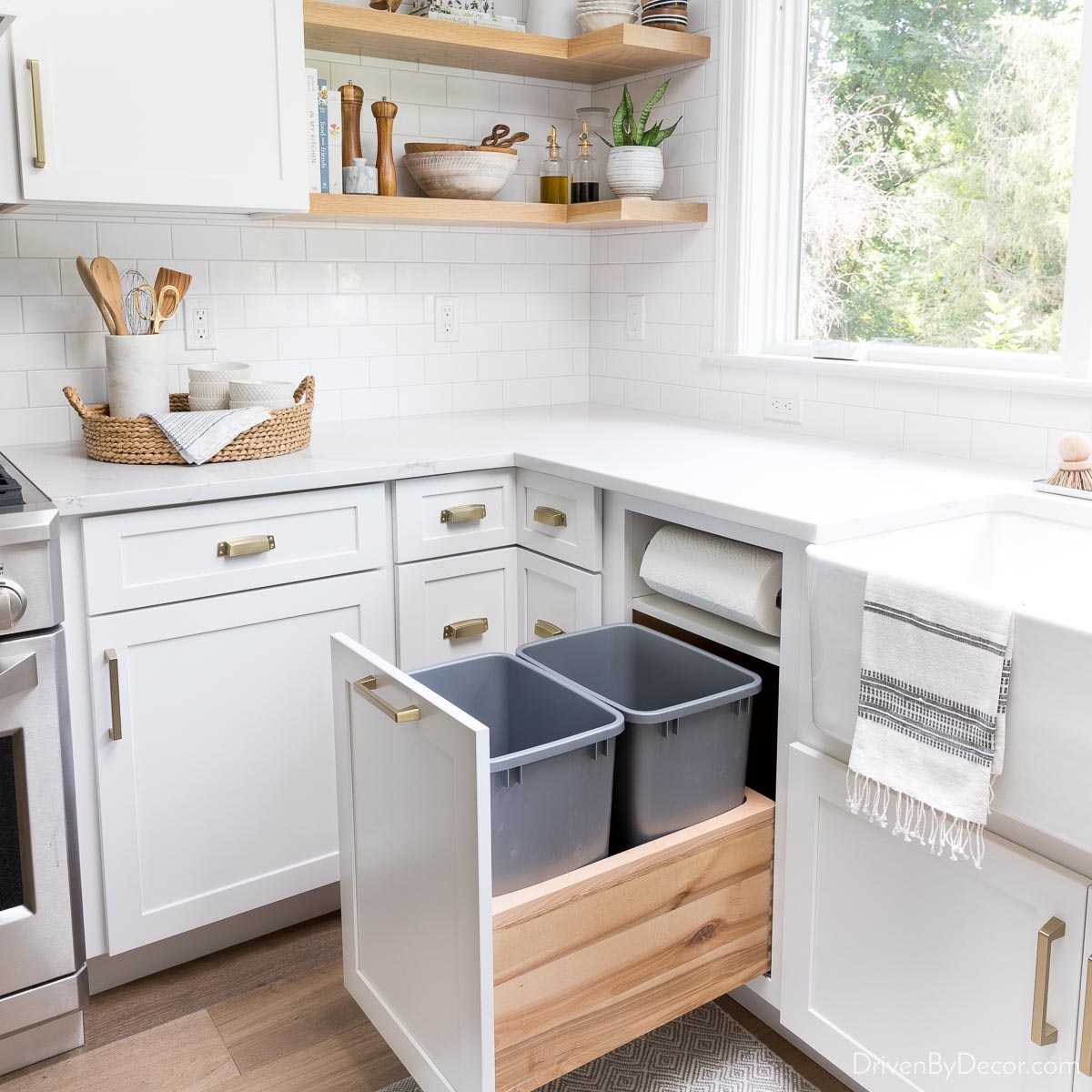Lower kitchen Cabinet Design: A Comprehensive Guide
Lower kitchen cabinets form the foundation of your kitchen’s functionality and aesthetics. They provide essential storage space, support your countertops, and contribute significantly to the overall design. This comprehensive guide explores various aspects of lower kitchen cabinet design, helping you make informed decisions for your kitchen renovation or build.
Understanding Your Needs
Before diving into design specifics, it’s crucial to understand your needs and how you use your kitchen. Consider the following:
:strip_icc()/Kitchen-cabinet-storage-100631441_6QSLQqMLqWb80Qf5a17_cU-c65280a633794267af14ab5933381947.jpg)
Storage needs: What items do you need to store in your lower cabinets? This will influence the type and configuration of cabinets you choose.
Types of Lower Kitchen Cabinets
Several types of lower kitchen cabinets cater to different needs and preferences:
Base Cabinets
Base cabinets are the most common type of lower kitchen cabinet. They sit directly on the floor and provide the foundation for your countertops. Base cabinets typically have a door and may include drawers or shelves.
Drawer Cabinets

Drawer cabinets consist primarily of drawers, offering easy access to stored items. They are ideal for storing pots, pans, and other frequently used items.
Sink Cabinets
Sink cabinets are designed to accommodate your kitchen sink. They often have a cutout for plumbing and may include a false drawer front to conceal the sink’s plumbing.
Corner Cabinets
Corner cabinets maximize storage space in kitchen corners. They come in various designs, including lazy susans, pull-out shelves, and magic corners.
Appliance Garages
Appliance garages conceal small appliances, such as toasters and blenders, keeping your countertops clutter-free.
Specialty Cabinets
Specialty cabinets cater to specific needs, such as spice racks, wine racks, and trash pull-outs.
Choosing Cabinet Materials
The choice of cabinet material significantly impacts the durability, appearance, and cost of your lower kitchen cabinets. Common options include:
Wood
Wood is a classic choice for kitchen cabinets, offering warmth and versatility. Different wood species, such as maple, oak, and cherry, provide varying degrees of durability and aesthetic appeal.
Plywood
Plywood is an engineered wood product made from layers of wood veneer. It is more stable and less prone to warping than solid wood, making it a popular choice for cabinet construction.
Particleboard
Particleboard is a less expensive alternative to wood and plywood. It is made from wood chips and resin and is often used for cabinet boxes.
MDF
MDF (Medium Density Fiberboard) is another engineered wood product known for its smooth surface and stability. It is often used for painted cabinets.
Stainless Steel
Stainless steel is a durable and easy-to-clean material often used in commercial kitchens. It offers a modern and sleek look.
Selecting Cabinet Finishes
The cabinet finish plays a crucial role in the overall look of your kitchen. Common finishes include:
Stained Finishes
Stained finishes highlight the natural beauty of wood grain. They come in various shades, from light to dark.
Painted Finishes
Painted finishes offer a wider range of color options and can create a more modern or traditional look.
Laminate Finishes
Laminate finishes are durable and easy to clean. They come in various colors and patterns, including wood-look options.
Veneer Finishes
Veneer finishes involve applying a thin layer of wood veneer over a core material, such as plywood or particleboard.
Choosing Cabinet Hardware
Cabinet hardware, including knobs and pulls, adds the finishing touch to your lower kitchen cabinets. Consider the style of your kitchen and choose hardware that complements it.
Optimizing Storage Space
Efficiently utilizing storage space within your lower kitchen cabinets is essential for a functional kitchen. Consider the following:
Drawers
Drawers offer easy access to stored items and are ideal for frequently used items.
Pull-out Shelves
Pull-out shelves bring items at the back of the cabinet within easy reach.
Lazy Susans
Lazy susans maximize storage space in corner cabinets.
Dividers and Organizers
Dividers and organizers help keep your cabinets neat and organized.
Measuring and Installing Lower Kitchen Cabinets
Accurate measurements are crucial for proper cabinet installation. Carefully measure your kitchen space and plan the layout of your cabinets. If you are not experienced in cabinet installation, it is best to hire a professional.
Maintaining Your Lower Kitchen Cabinets
Proper maintenance will ensure the longevity of your lower kitchen cabinets. Regularly clean your cabinets with a mild detergent and avoid harsh chemicals.
Conclusion
Lower kitchen cabinets are a vital part of your kitchen design. By carefully considering your needs, exploring different options, and making informed decisions, you can create a functional and beautiful kitchen that you will enjoy for years to come.
Lower Kitchen Cabinet Design
:strip_icc()/Kitchen-cabinet-storage-100631441_6QSLQqMLqWb80Qf5a17_cU-c65280a633794267af14ab5933381947.jpg?ssl=1)